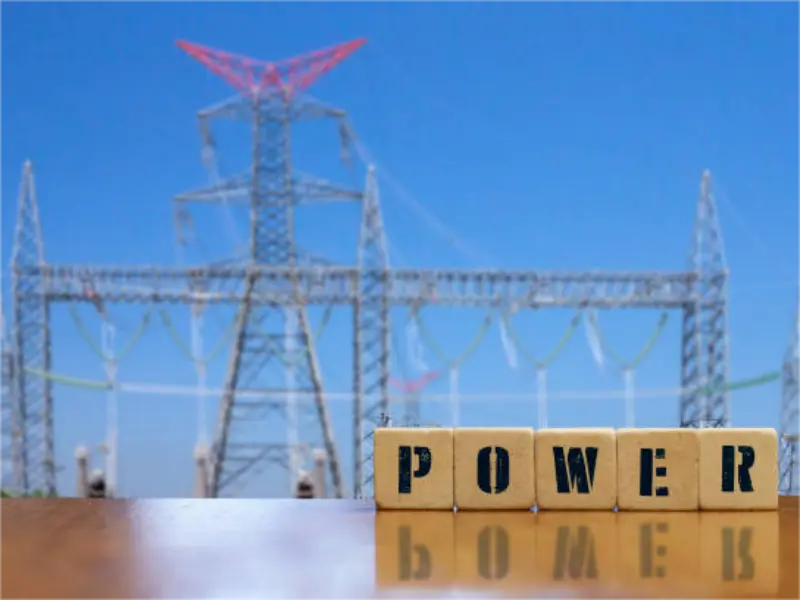- Regional utilities such as Pacific Gas & Electric in the US and China’s State Grid Corporation manage core power distribution.
- Agencies such as the Federal Energy Regulatory Commission (FERC) in the US oversee and ensure the reliability and safety of electricity distribution.
- Innovations such as smart grids and the introduction of renewable energy sources are driving the evolution of core power distribution systems.
Core power distribution plays a critical role in managing and delivering power to critical infrastructure across multiple sectors. It ensures that essential services such as hospitals, data centres and government facilities have a stable and reliable supply of power, which is essential for public safety and continuity of operations.
Core power distribution is handled by regional utilities such as Pacific Gas & Electric in the United States and large national grids such as the State Grid Corporation of China. These entities are responsible for ensuring the continuous and reliable supply of electricity to critical infrastructure in their respective regions.
Introduction to core power
Core power distribution refers to the management and delivery of electricity that is essential to critical operations and infrastructure across multiple sectors. This system ensures that hospitals, data centres, government facilities and other key operations have a stable and reliable supply of power, which is vital to their operation and public safety.
Major core power distributors
Regional power distributors: In the United States, regional utilities such as Pacific Gas & Electric, Southern California Edison and New York State Electric & Gas play a critical role. These companies are responsible for maintaining the physical infrastructure – such as power lines and substations – that delivers electricity to both general and critical end users in their designated areas.
National grid operators: National grid operators, such as the Electric Reliability Council of Texas (ERCOT) or PJM Interconnection, oversee larger grids that span multiple states. They coordinate the distribution of electricity over large areas to ensure that basic power needs are met, especially during emergencies or peak demand periods.
In China, the State Grid Corporation of China and China Southern Power Grid are the main core power distributors. These state-owned enterprises manage the majority of China’s national power distribution, ensuring reliable power supply to critical and general infrastructure across vast regions, including major cities and remote areas.
Also read: Data centre power demand pushes NextEra to big quarter
Also read: Data centers could use 9% of US electricity by 2030, research institute says
Regulators that oversee electricity distribution
Federal and state energy regulators: The Federal Energy Regulatory Commission (FERC) regulates interstate electricity transactions and oversees the nation’s power grids. State commissions regulate distribution within their borders and ensure that standards of safety and reliability are met.
International energy authorities: In Europe, bodies such as the European Network of Transmission System Operators for Electricity (ENTSO-E) manage transnational grids, ensuring seamless distribution of power across member countries, with a focus on high reliability for critical power needs.
Challenges in core power distribution
Balancing supply and demand: Distributors must constantly balance power supply with fluctuating demand. Advanced management systems are used to predict and respond to changes, ensuring uninterrupted power to critical infrastructure.
Modernising power grids: Many regions are challenged by aging infrastructure that needs to be upgraded or replaced. Investment in modern technologies such as smart grids is needed to improve the resilience and efficiency of core power distribution.
The future of core power distribution
Innovations in grid technology: Emerging technologies such as AI and machine learning are being integrated into the grid to improve response times and efficiency, and to predict system vulnerabilities before they can cause outages.
Policy and regulation: Future regulatory changes are likely as governments and authorities adapt to new technologies and the increasing demand for renewable energy sources. These policies will aim to support the stability and security of the core power distribution system while promoting sustainability.
Sustainability initiatives: There is a growing push for sustainability in power distribution, with initiatives aimed at reducing carbon footprints and incorporating more renewable sources into the grid. This move towards green energy not only supports environmental goals, but also enhances the long-term sustainability of power systems.

